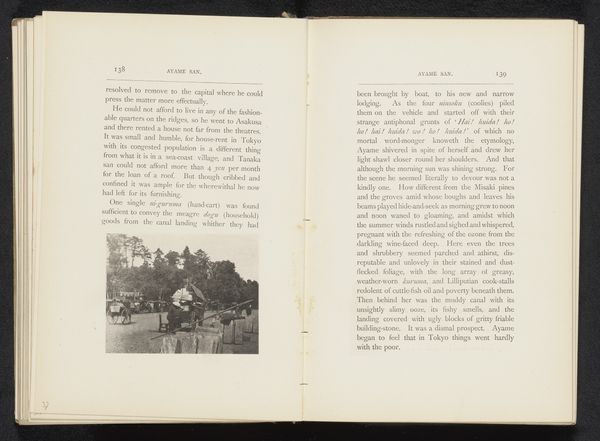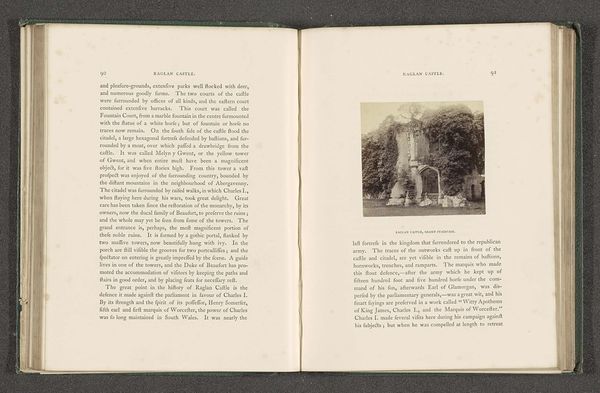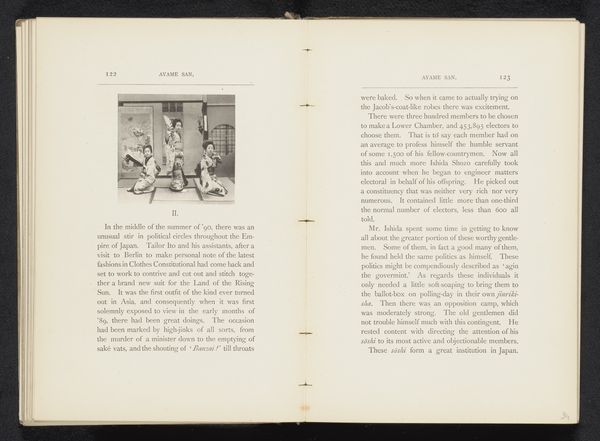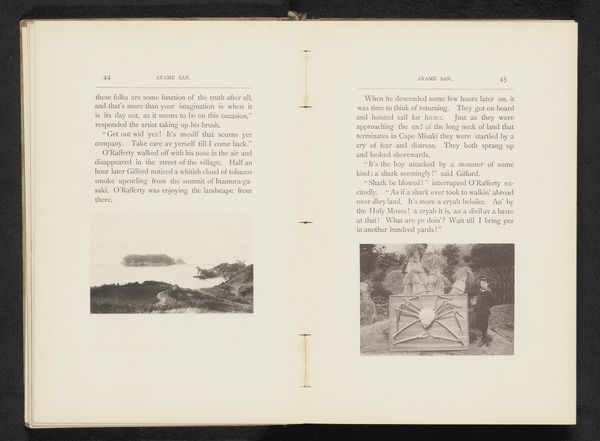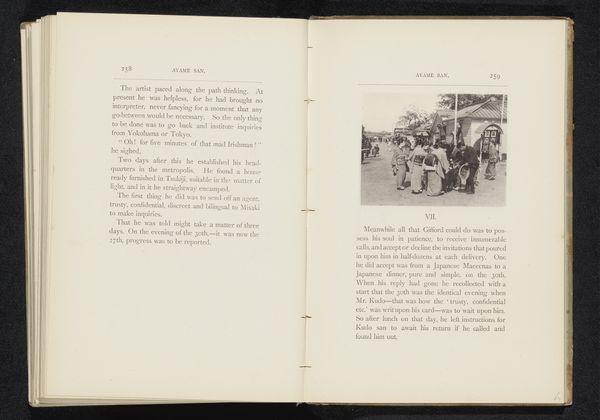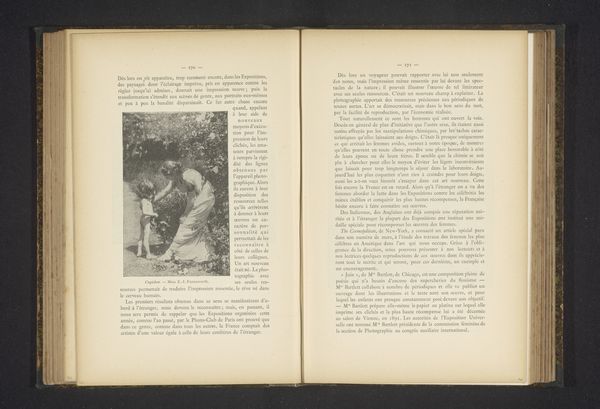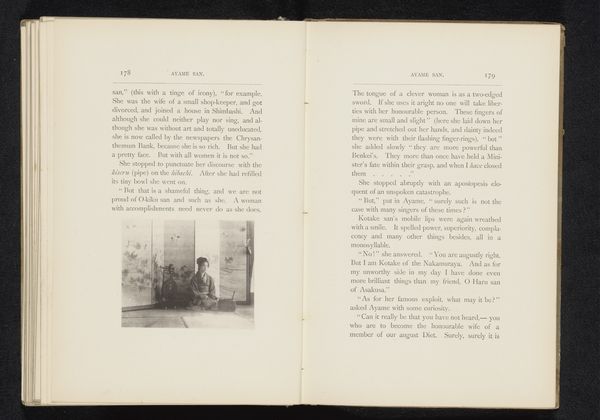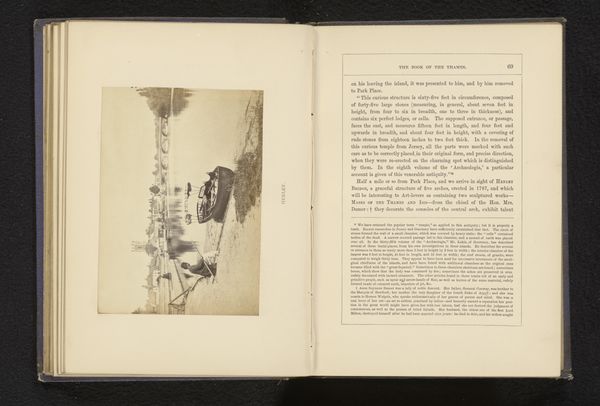
Dimensions: height 70 mm, width 86 mm
Copyright: Rijks Museum: Open Domain
Curator: A fascinating image! It's called "Man on a Horse in a Village in Japan," a gelatin silver print by William Kinnimond Burton, likely made before 1892. What strikes you most about it? Editor: The print is pretty small but clear. It's simple. A guy riding a horse with houses in the background. How would you read this photograph? Curator: For me, this photograph sparks questions about its production and reception. What type of lens created it and why? Silver gelatin printing became more common at this time, replacing other mediums due to reproducibility. How does mass production factor into the artist capturing this scene of traditional Japan, for a Western audience to consume as commodity? Editor: So, thinking about the technical choices and why he was interested in these particular subjects, instead of just a spontaneous documentation? Curator: Precisely! Think about the labor involved: from taking the photograph to developing the print, to it becoming an artifact within this book. Also consider who could afford such books? Photography began democratizing visual culture; what labor and materials did photography begin to make obsolete at this time? Editor: It's almost a record of something being lost even while photography became an act of cultural appropriation as colonialism began fading into global capital. It seems like a turning point for photography as a form of colonialism itself? Curator: It's a visual document embedded in larger power structures. Thinking through its production reveals much about society at the time. Editor: This changes the way I'll look at photographs. Thanks!
Comments
No comments
Be the first to comment and join the conversation on the ultimate creative platform.


